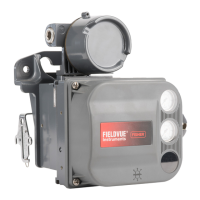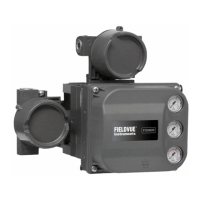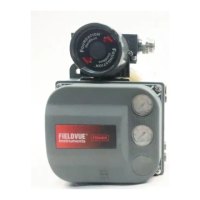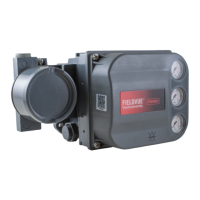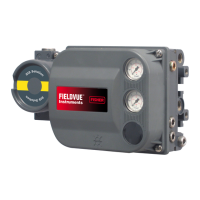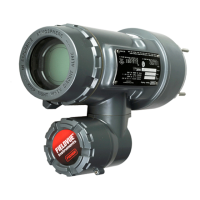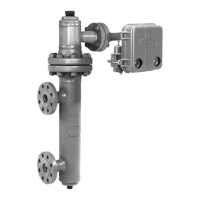DVC6000f Digital Valve Controllers
December 2009
D-8
Figure D-4. Scheduled Data Transfer
B2713-1 / IL
LAS
DT(A)
Device X Device Y Device Z
CD (X, A)
LAS=Link Active Scheduler
P=Publisher
S=Subscriber
CD=Compel Data
DT=Data Transfer Packet
Schedule
X
Y
Z
B
PPPSSS
CD
AAA
Host System
Network Communication
Figure D-3 illustrates a simple fieldbus network
consisting of a single segment.
Device Addressing
Fieldbus uses addresses between 0 and 255.
Addresses 0 through 15 are typically reserved for
group addressing and for use by the data link layer. If
there are two or more devices with the same address,
the first device to start will use its programmed
address. Each of the other devices will be given one of
four temporary addresses between 248 and 251. If a
temporary address is not available, the device will be
unavailable until a temporary address becomes
available. Commission devices use addresses 20−35,
and standby devices use addresses 232-247.
Link Active Scheduler (LAS)
There is only one active Link Active Scheduler (LAS)
for the entire fieldbus control system. The digital valve
controller includes an LAS. The Link Active Scheduler
operates as the bus arbiter for the link, and
recognizes and adds new devices to the link.
removes non-responsive devices from the link.
distributes Data Link (DL) and Link Scheduling
(LS) time on the link. Data Link Time is a network-wide
time periodically distributed by the LAS to synchronize
all device clocks on the bus. Link Scheduling time is a
link-specific time represented as an offset from Data
Link Time. It is used to indicate when the LAS on each
link begins and repeats its schedule. It is used by
system management to synchronize function block
execution with the data transfers scheduled by the
LAS.
polls devices for process loop data at scheduled
transmission times.
distributes a priority-driven token to devices
between scheduled transmissions.
The DVC6000f can be designated to act as the
backup Link Active Scheduler (LAS) in the event that
the LAS is disconnected from the segment. As the
backup LAS, the DVC6000f will take over the
management of communications until the host is
restored. The host system may provide a configuration
tool specifically designed to designate a particular
device as a backup LAS. Otherwise, this can be
configured manually as follows:
1. Access the Management Information Base (MIB)
for the DVC6000f.
2. To activate the LAS capability, write 0x02 to the
BOOT_OPERAT_FUNCTIONAL_CLASS object
(Index 605). To deactivate, write 0x01.
Restart the processor.
Only one device can communicate at a time.
Permission to communicate on the bus is controlled by
a centralized token passed between devices by the
LAS. Only the device with the token can communicate.
The LAS maintains a list of all devices are a member
of the bus. This list is called the “Live List”.
Two types of tokens are used by the LAS. A
time-critical token, compel data (CD), is sent by the
LAS according to a schedule. A non-time critical
D
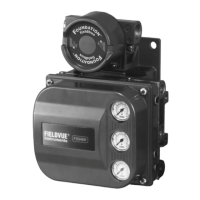
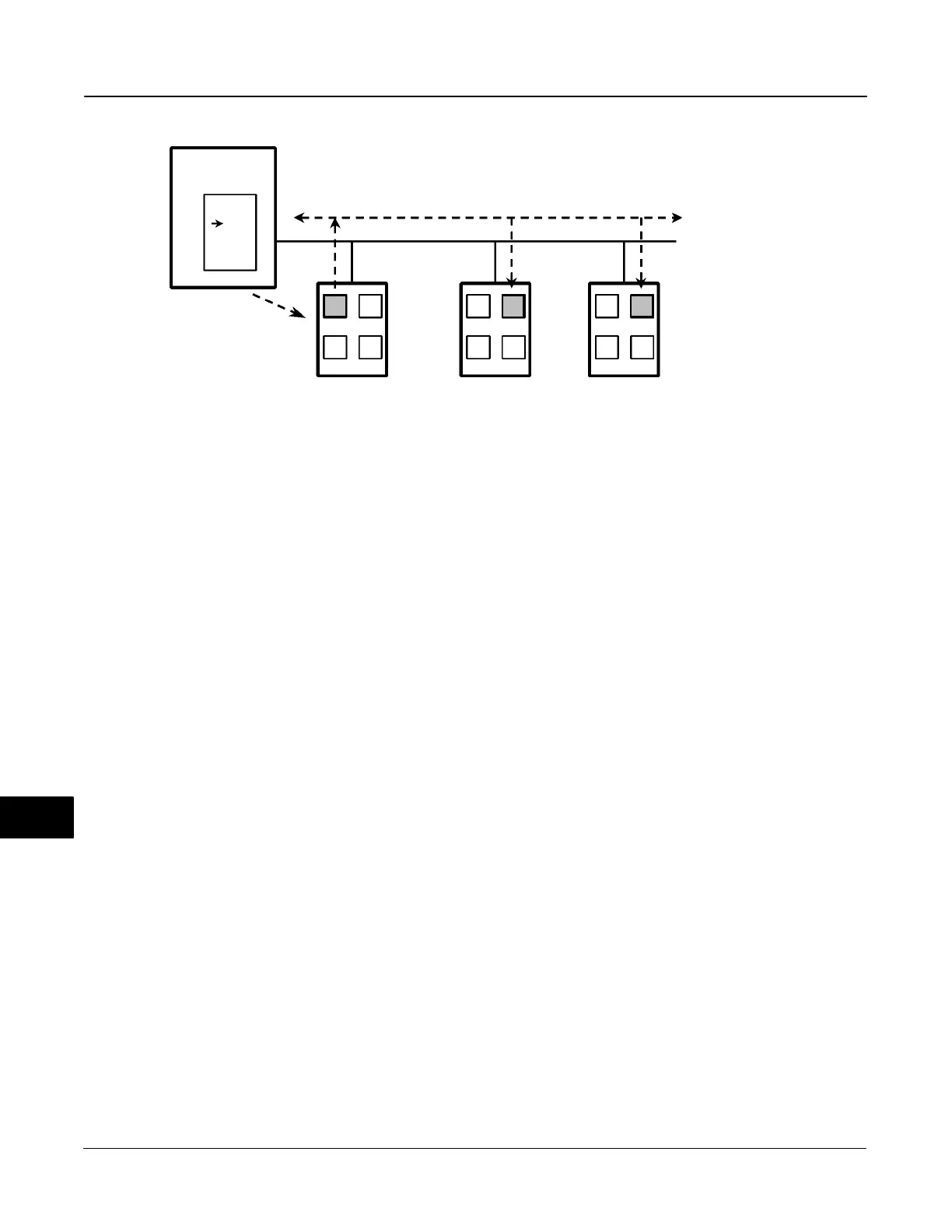